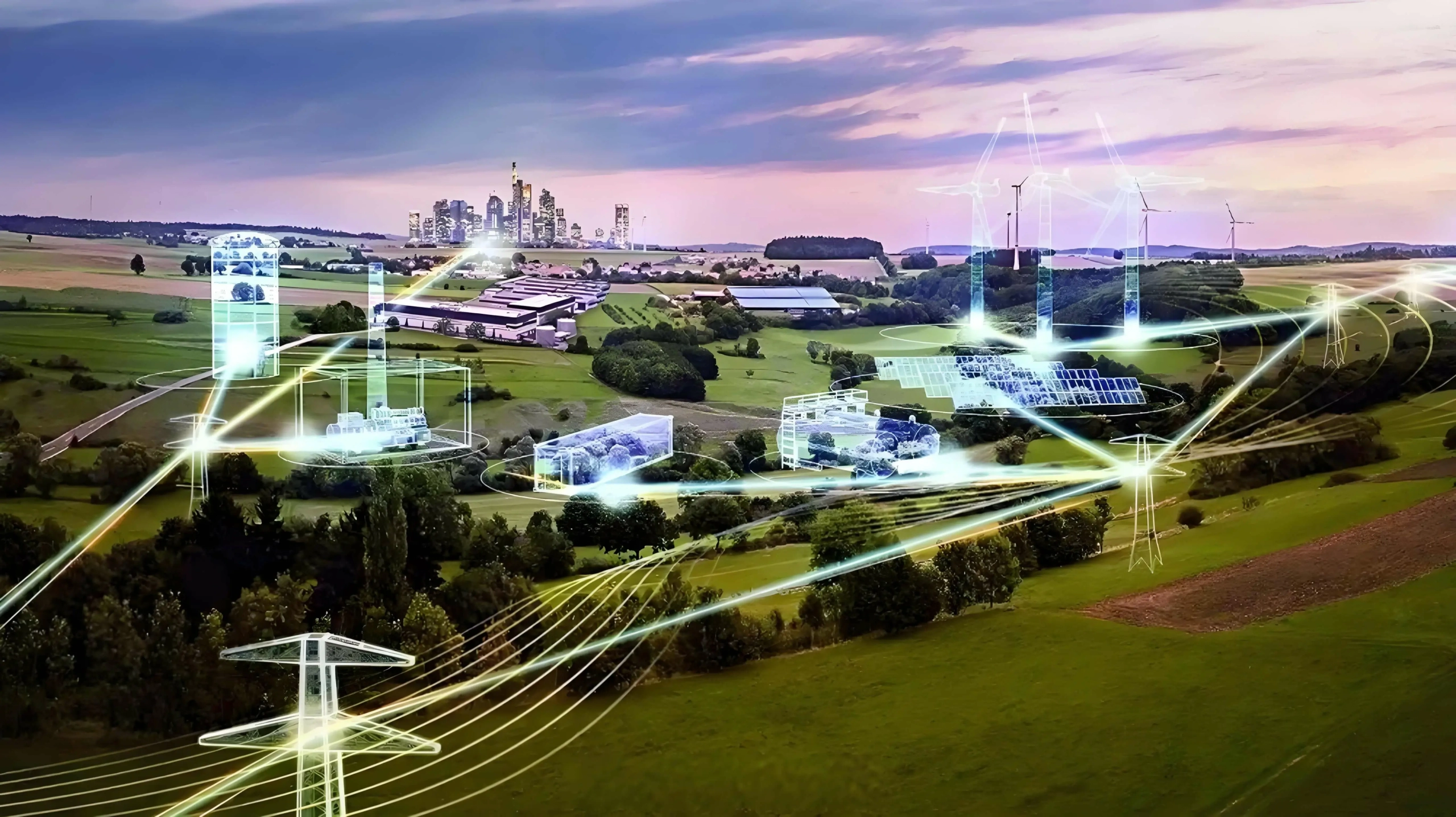Virtual power plants (VPPs) are essential in the renewable energy sector, balancing the grid with distributed energy resources. So, how do VPPs generate profit? Here’s a detailed breakdown:
What is a Virtual Power Plant?
A virtual power plant, or VPP, aggregates small-scale renewable energy sources, such as commercial solar systems, solar farms, or home solar setups, under unified management. Unlike traditional power plants, VPPs don’t generate energy internally; they gather energy from participating members’ renewable systems and sell it, making it “virtual.”
How Does a VPP Work?
VPPs store energy from various sources using battery systems and distribute it based on demand. The stored energy can be sold to the grid or redistributed among members as needed.
How Do Virtual Power Plants Make Money?
Members earn revenue by selling their excess energy to the VPP. The VPP, in turn, sells this energy to the grid, and profits are distributed back to the members. Additionally, members benefit by using stored VPP energy during peak pricing periods, lowering their electricity costs. VPPs also offer electricity at rates lower than traditional grid prices due to their reliance on abundant, renewable energy.
What is the Purpose of a Virtual Power Plant?
The primary goal of a VPP is to optimize energy production, storage, and distribution while reducing reliance on traditional power plants and stabilizing the grid.
What is the Structure of a Virtual Power Plant?
The structure of a Virtual Power Plant (VPP) is composed of three key components:
-
Renewable Energy Sources:
These include solar panels, wind turbines, or small hydroelectric systems. They generate clean energy distributed across a region.
-
Storage Batteries:
These store excess energy generated from renewable sources, ensuring power availability during periods of high demand or when energy generation is low.
-
Smart Grid Technology:
This system manages energy flow, optimizing the distribution of energy from various sources to the grid or to VPP members, ensuring balance and efficiency.
Is a VPP a Microgrid?
No, a VPP differs from a microgrid. While both manage distributed energy resources, a microgrid can operate independently of the main grid, whereas a VPP is more focused on optimizing energy distribution to the grid without physical infrastructure.
Conclusion
By understanding the difference between MW and MWh and how these units are applied in real-world scenarios, you can better grasp the design and operation of energy systems. Whether designing energy storage solutions or calculating the scale of a solar power installation, this knowledge is essential.





